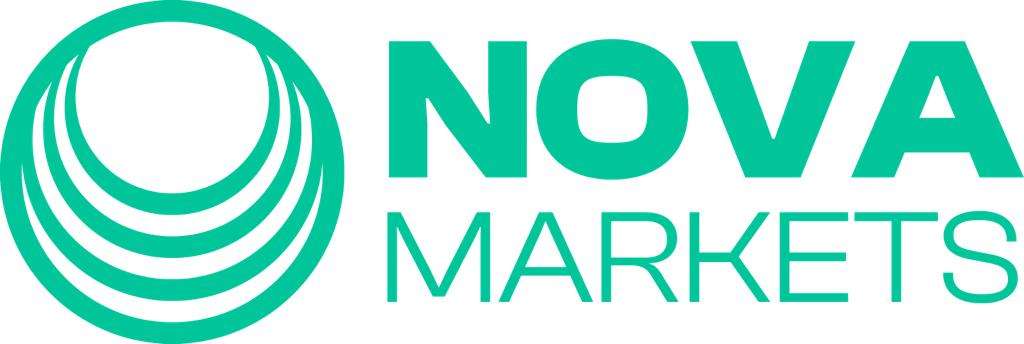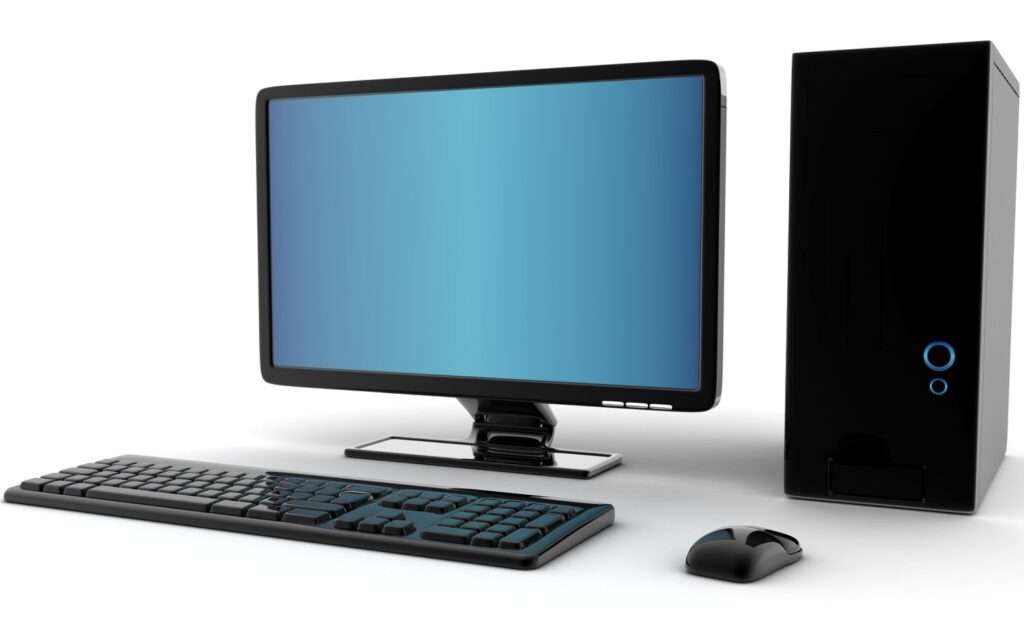Is it possible to monitor computer remotely? It is a digitally connected world and our computers hold a wealth of personal information, work documents, and sensitive data. The concern of someone accessing your computer remotely, without your knowledge, is a valid one. This article examines the world of remote computer monitoring, addressing the possibility of unauthorized access and offering solutions for how to monitor your computer activity remotely.
Can Someone Access My Computer Remotely Without Me Knowing?
The answer depends on several factors. Here’s a breakdown of possibilities:
- Authorized Access: You might have granted remote access permission to legitimate programs or individuals in the past. For instance, IT support at your workplace might have remote access capabilities for troubleshooting purposes. Similarly, some parental control apps offer remote monitoring features.
- Malware and Spyware: Malicious software, often installed unknowingly through phishing attacks or suspicious downloads, can grant remote access to your computer to hackers. These programs might run silently in the background, stealing data or monitoring your activity.
- Unsecured Wi-Fi Networks: Using public Wi-Fi networks without proper security measures can leave your computer vulnerable to hacking attempts. Hackers on the same network could exploit vulnerabilities to gain unauthorized access.
Signs of Unauthorized Access
- Slow performance: If your computer suddenly feels sluggish, it could be a sign of resource-heavy malware running in the background.
- Unexplained programs: Check your list of installed programs for any unfamiliar applications you don’t remember installing.
- Suspicious network activity: Monitor your network usage for unusual spikes or activity during times you’re not using the computer.
- Changes to security settings: Security software might notify you of attempts to disable its protection or change firewall settings.
How to Prevent Remote Computer Access
Here are some practices to minimize the risk of unauthorized remote access:
- Install a reputable antivirus and anti-malware program: Keep it updated to detect and remove potential threats.
- Be cautious with downloads: Only download software from trusted sources and be wary of suspicious attachments in emails.
- Use strong passwords and enable two-factor authentication (2FA): This adds an extra layer of security for logins.
- Avoid public Wi-Fi without a VPN: If you must use public Wi-Fi, consider using a Virtual Private Network (VPN) to encrypt your internet traffic.

How to Monitor Your Computer Activity Remotely
While the primary focus should be on preventing unauthorized access, there are legitimate reasons why you might want to monitor your own or other computer activity remotely. Here are some methods:
- Polosploits: This company specializes in remote computer access and other cybersecurity related services. They can help you establish secure remote access to any computer, allowing you to work from anywhere or access important files. Additionally, Polosploits offers security audits to identify and eliminate vulnerabilities that could leave your system susceptible to unauthorized remote access.
- Parental Control Apps: Parental control apps can be a helpful tool for monitoring children’s online activity and ensuring their safety. These apps typically offer features like website filtering, time limits, and app blocking.
- Remote Desktop Software: There are legitimate remote desktop software programs that allow you to securely access your own computer from another device. These programs require login credentials and offer a safe way to access your files and applications remotely. Popular options include Microsoft Remote Desktop (Windows) and Apple Remote Desktop (Mac).
- Cloud Storage Services: Cloud storage services like Google Drive or Dropbox offer the ability to access your files from any device with an internet connection. This can be a convenient way to keep important documents and files readily available, even when away from your primary computer.
Remote computer monitoring can be a valuable tool for keeping an eye on your computer’s activity and making sure its security. However, it’s important to differentiate between legitimate monitoring and unauthorized access.
Advanced Monitoring Techniques (For System Administrators)
This section talks about more advanced monitoring techniques geared towards system administrators or IT professionals responsible for managing multiple computers within a network.
- System Management Tools (SMTs): These tools provide a centralized platform for monitoring various aspects of networked computers. They can track performance metrics, software usage, security events, and even user activity logs. Popular SMTs include System Center Operations Manager (SCOM) from Microsoft and ManageEngine OpManager.
- Network Monitoring Tools: Network monitoring tools offer a network-wide perspective, allowing administrators to identify suspicious traffic patterns, intrusions, and overall network health. These tools can provide real-time insights and generate alerts for anomalies.
- Log Management Systems: Centralized log management systems collect logs from various devices and applications within the network, allowing for efficient analysis and identification of security threats or system errors. Tools like Splunk and ELK Stack (Elasticsearch, Logstash, and Kibana) offer powerful log management capabilities.
- Security Information and Event Management (SIEM) Systems: SIEM systems combine log management with security event correlation, providing a holistic view of security threats across the network. SIEM systems can analyze logs in real-time, identify patterns, and trigger automated responses to potential security incidents. Leading SIEM solutions include McAfee SIEM and Palo Alto Networks Cortex XDR.



